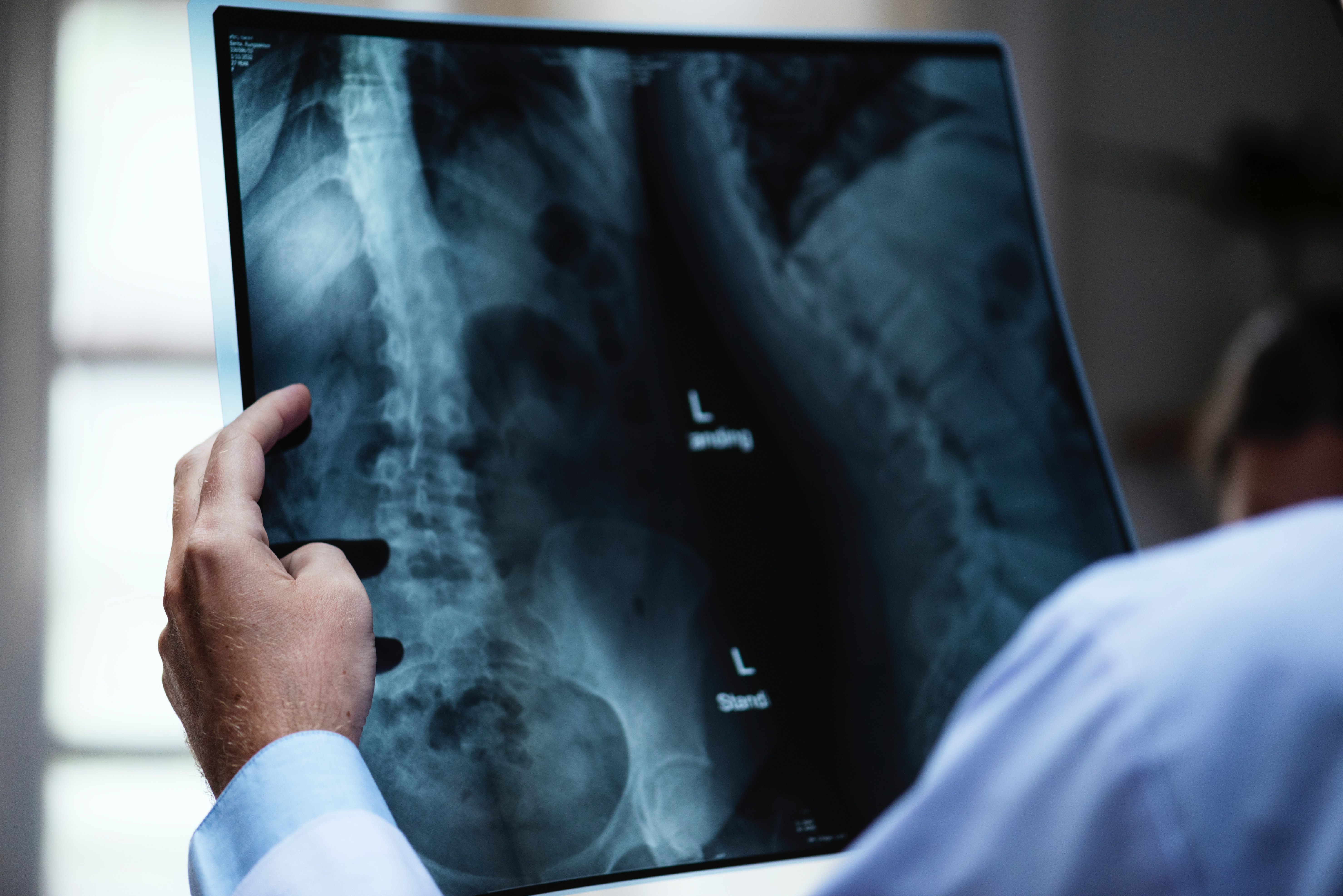CE MARKING IN
MEDICAL DEVICES
SERVICES WE & OUR PARTNERS PROVIDE AROUND THE GLOBE
Services provided for medical devices are as follows:
- MDR (EU) 2017/745 MD CE Marking Certification
- MDR (EU) 2017/746 IVD
- EN 60601-1 Test
- Cleanroom measurements
- Biomechanical tests – Implant tests
- ISO 13485 Certification
WHICH PRODUCTS ARE MEDICAL DEVICES?
According to current directive; “medical device” means any instrument, apparatus, appliance, software, material or other article, whether used alone or in combination, together with any accessories, including the software intended by its manufacturer to be used specifically for diagnostic and/or therapeutic purposes and necessary for its proper application, intended by the manufacturer to be used for human beings for the purpose of:
- Diagnosis, prevention, monitoring, treatment or alleviation of disease,
- Diagnosis, monitoring, treatment, alleviation of or compensation for an injury or handicap
- Investigation, replacement or modification of the anatomy or of a physiological process
- Control of conception, and which does not achieve its principal intended action in or on the human body by pharmacological, immunological or metabolic means, but which may be assisted in its function by such means
WHAT ARE THE PRODUCT CLASSIFICATION TYPES?
The classification references in Annex IX of the MDR are as follows:
- Class I devices with low risk such as external patient support products. Class I devices which are provided sterile are considered Class Is and Class I devices with measuring function are Class Im
- Class IIa, Class IIb devices with medium risk such as electro-medical devices and implants
- Class III devices with high risk such as cardiovascular catheters.
WHAT IS A TECHNICAL FILE? WHAT SHOULD BE INCLUDED IN IT?
The technical file contents to be included in the Medical Devices Technical Files should be as follows:
- Product Description: Intended purpose, mode of application, components list, contents, duration of use , patient population, indications/contraindications, side effects and other descriptive information.
- Classification: The medical device manufacturer must indicate the class of the device and provide the rationale (class I, class Is, class Im, class IIa, class IIb or class III) based on the requirements in Annex IX of 2017\745.
- Essential Requirements Checklist: The manufacturer shall explain in detail with a checklist that the medical device is in conformity with the essential requirements in Annex I and how the performance of the medical device is demonstrated. In this explanation, the related harmonised standards, test reports, related parts of the technical file and documents in the quality management system shall be shown as reference.
- Risk Management: The manufacturer shall perform a risk analysis of design, production and post-market processes of the product
- Clinical Evaluation: A clinical evaluation shall be carried out according to Meddev 2.7.1 guidance document and in the requirements of Annex X of 2017/745 Medical device Regulation. Clinical data must include data from the same or similar devices, and the clinical literature on these devices must be systematically evaluated by an experienced expert having thee related scientific background.
- Validation: All parameters that can affect the safety and performance of the Medical Device and the processes that can influence these parameters shall be validated. The records of this validation shall be included in the technical documentation.
IS IMPLEMENTING A QUALITY MANAGEMENT SYSTEM NECESSARY FOR MEDICAL DEVICE MANUFACTURERS?
According to the current directive, many notified bodies are designated for annexes covering quality management system assessments. The quality management system requirements that medical device manufacturers shall conform to are defined in related annexes of the directive.
The Quality System implemented must ensure the conformity of products with the requirements of the medical devices directive. All elements and requirements adapted to the quality management system, must be documented systematically in the form of written principles and procedures (quality programme, quality plan, quality manual and quality records).
HOW CAN I REACH FURTHER INFORMATION?
Guidance documents such as Meddev, NBRG and NBOG can help you understand the working principle of the EU Medical Device certification system.
Every day more than 50,000 different kinds of medical devices are estimated to be used in health care facilities and elsewhere all over the world. The market is expected to grow steadily by 4% to 5% annually over the next few years, implying that this technological revolution in health will continue in the foreseeable future.
Tracking and explaining the growth in health spending in all national systems has been a prominent concern in governmental, academic and industrial research in both developing and developed countries.
Medical devices are assets that need to be managed. This is even more evident in the case of medical devices as they usually require considerable investment, directly affect human lives, and are highly sensitive. In many cases they have high maintenance costs, and some have relatively short life spans.
The EU’s involvement concerns mainly the regulatory framework for market access. International trade relations and all regulatory convergence aim at ensuring the highest level of patient safety, while encouraging competitiveness of the sector and innovation at the same time.
The Medical Device Regulation (2017/745) is intended to harmonise the laws relating to medical devices within the European Union. The MDR is a ‘New Approach’ Directive and must consequently ensure a manufacturer to legally place a medical device on the European market. A manufacturer’s products meeting the ‘harmonised standards’ have a presumption of conformity to the Directive. Products conforming with the MDR must have a CE mark affixed. The Directive was most recently reviewed and amended by the 2007/47/EC version and a number of changes were made. Conformity to the revised Directive became mandatory on March 21, 2010.
If you define your product as a medical device, before you can market it in the EU, your product must meet the essential requirements in Annex I of the (MDR)(2017/745).
Regardless of the class a device belongs to, the manufacturer is obliged to prepare a technical file for the respective device or device family. Moreover, it is his responsibility to issue and keep a declaration of conformity for his CE-marked devices.
The European Medical Devices Regulation focus on the responsibility of the device manufacturers. There is no CE marking without technical documentation, including risk analysis and reference to the essential requirements of the directive, as well as the declaration of conformity with the concerned directive issued by the manufacturer.

















